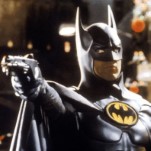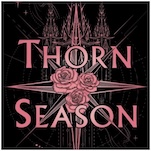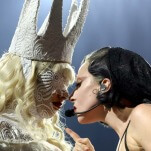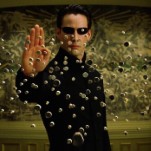Bowie: Starman by Paul Trynka
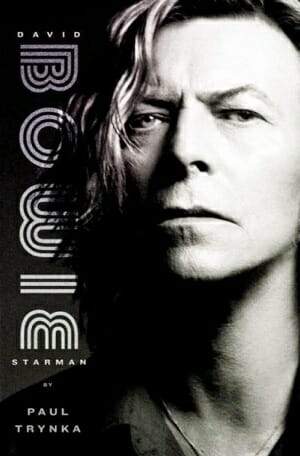
Ch-ch-changes, just gonna have to be a different man
Pablo Picasso once described to a friend how he had noticed a handlebar and bicycle seat in the corner of his studio, lying in such a way as to look like a bull’s head.
“I put them together so that nobody could possibly fail to realize that this seat and this handlebar from a bike were really a bull’s head. Suppose one day,” Picasso mused, “my head of a bull were thrown on a junk heap. Maybe a little boy would come along and notice and say to himself, ‘Now there’s something I could use as a handlebar for my bike.’” The artist pulls back the curtain and gifts us a glimpse into the creative process.
We live our lives to the soundtrack of popular music. A beloved song, perhaps more than any other vessel of the arts, can immediately transport us to another place and time. Our fascination with the creators of song is insatiable—how else to explain the burgeoning rock bio trade? Beyond our innate voyeuristic curiosity into the lurid loves and lives of our pop idols, what’s truly fascinating is sneaking that stolen peak behind the curtain, to glimpse the really juicy stuff: the creative process that sculpted these gems, that sculpted our very lives.
Few musicians have been as versatile, yet so massively popular, as David Bowie. Through multiple stylistic changes across almost five decades, hel’s produced consistently top-quality and uncompromising pop music. He’s moved a lot of units, almost 200 million at last count, of more than 30 or so studio albums. The breadth of his influence on pop music—indeed, on all pop culture—cannot be overestimated. Without Bowie, no Madonna, no Prince, no Lady Gaga. No Iggy, no U2, no Nirvana, no Radiohead. In the Pantheon of the Rock Gods, David Bowie stands as Jupiter. And the god’s music and influence are everywhere.
Paul Trynka’s new book, Bowie: Starman, is a deeply researched and closely observed accounting of Bowie’s life and career. Sure, there’s plenty of sex and drugs and rock ’n’ roll anecdotes. But Trynka takes us well beyond all that rock-star stuff and digs deeply into those peculiar confluences of gifted musical personnel and roiling creative juices that have produced Bowie’s oeuvre.
-

-

-

-

-

-

-

-

-

-

-

-

-

-

-

-

-

-

-

-

-

-

-

-

-

-

-

-

-

-

-

-

-

-

-

-

-

-

-

-






















